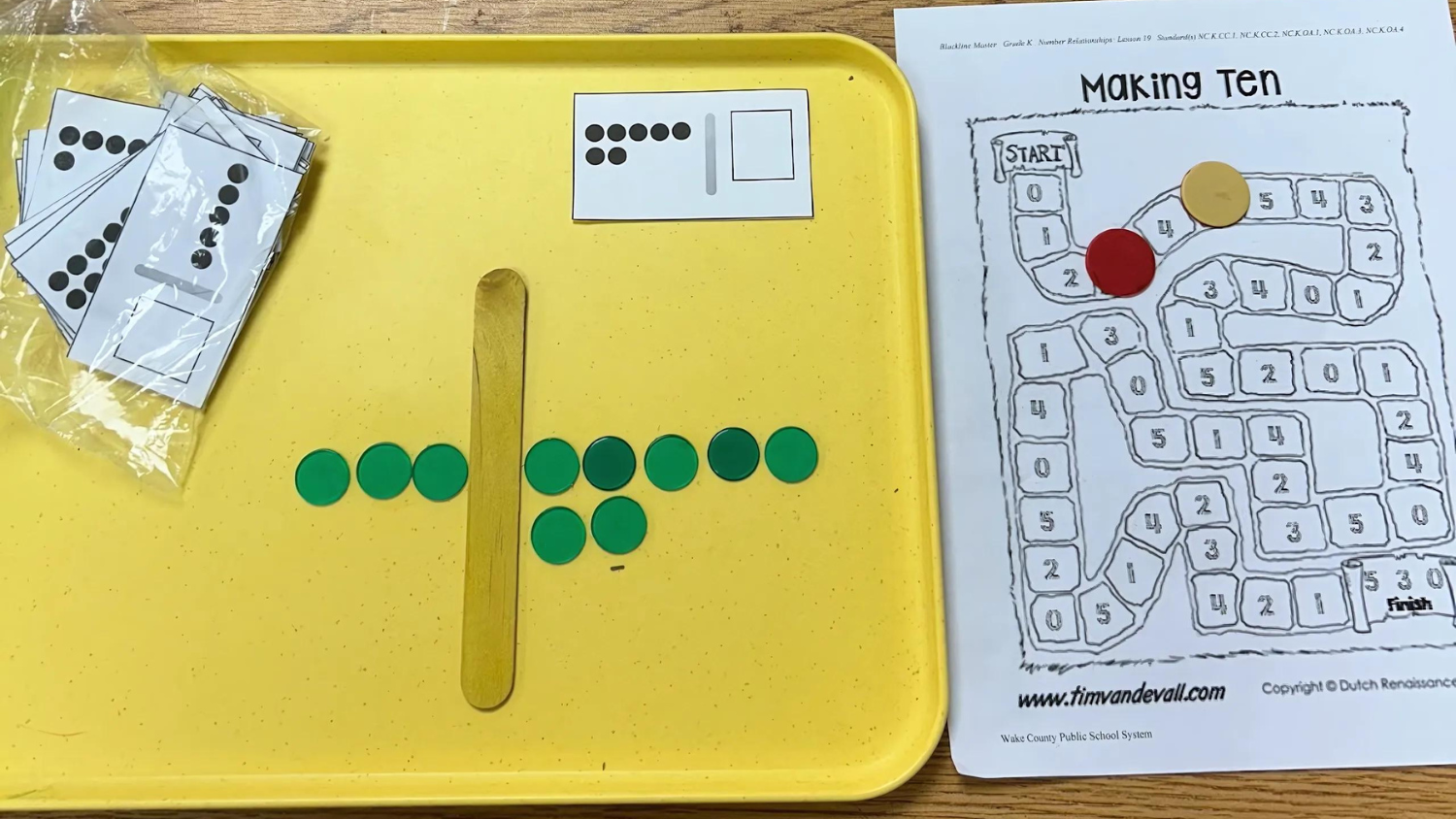When future teachers with NC State’s College of Education begin their student teaching experience, they enter K-12 classrooms not only with the desire to learn from experienced mentor teachers, but they also come prepared to implement innovative learning opportunities in the classroom.
Student teaching, however, does not come with a stipend or paycheck to cover the out-of-pocket expenses these educational experiences often entail. That’s why the College of Education created a donor-funded student teacher mini-grant program, which allows students preparing to become teachers to apply for up to $200 to purchase the necessary supplies and materials.
“Thanks to donors, our kindergarten classroom received amazing new tools to help our young learners thrive,” said Abby Power ’24, who earned her bachelor’s degree in elementary education. “This investment has made a big difference in our classroom,”
Here are just a few of the mini-grants NC State College of Education students used during the past academic year to improve their students’ learning.
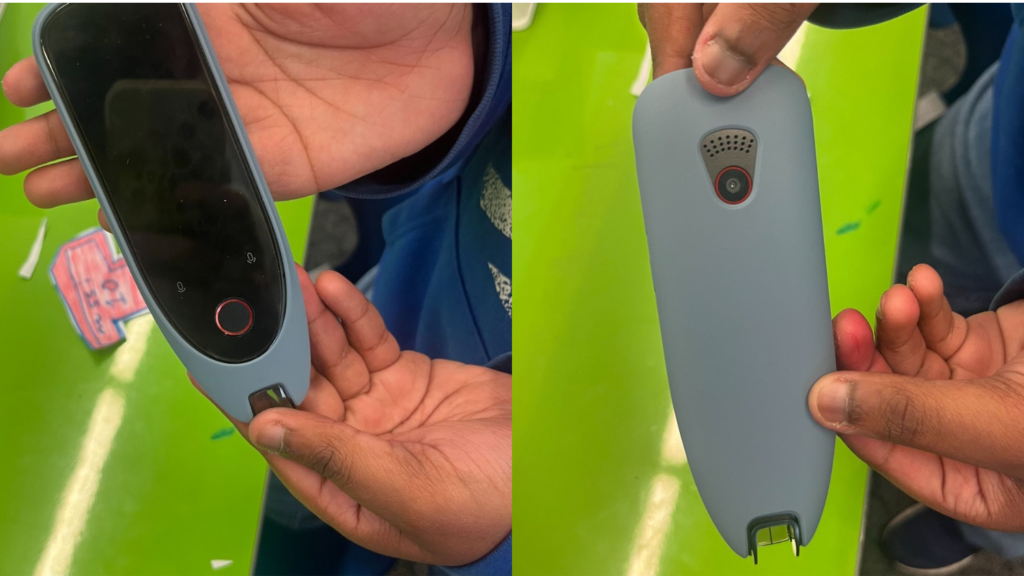
A Tool for Translation
More than half of the fifth graders Abby Rinehard ’24, an elementary education major, worked with at Millbrook Elementary School were language-diverse learners. To help her students better communicate with each other, Rinehard used a mini-grant to purchase a translator pen.
Rinehard said she’ll never forget the impact the pen had on one of her students who, in addition to not speaking English as his first language, also had a severe hearing impairment.
“For about a week during arrival and dismissal, he would ask if he could just test it out and try to understand how it works,” Rinehard said. “He would get so excited when it translated into his first language, Pashto … I think he really took notice of how my mentor teacher and I truly wanted to communicate with him by getting this extra device.”
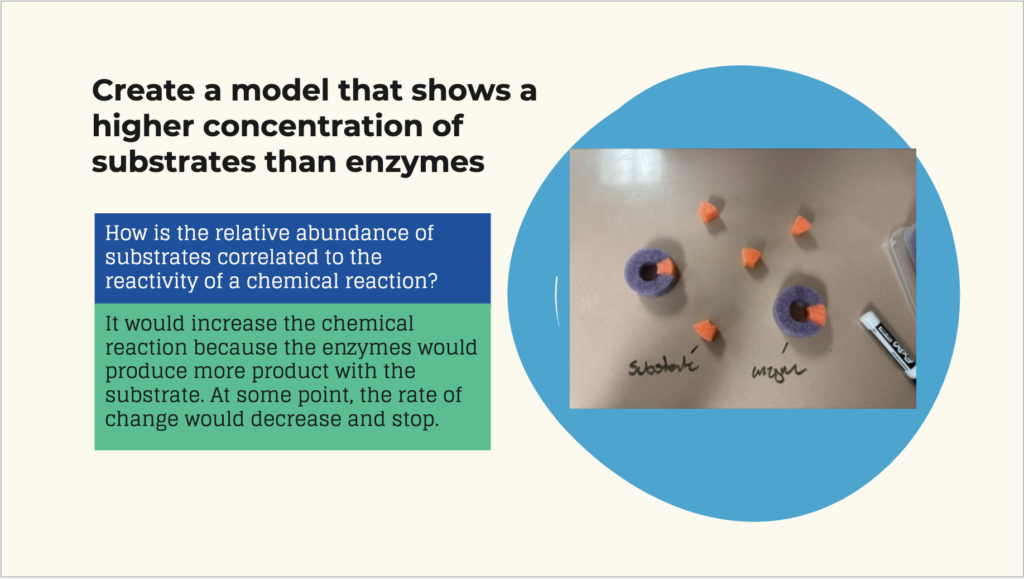
Poster Boards and Pool Noodles
Science education major Sarah Trumbore ’24 wanted to create engaging, high-level lessons for her students at Holly Springs High School. Thanks to a mini-grant, she was able to purchase poster-making materials, which her students used to complete presentations on the claims made by energy drink companies, and pool noodles, which she cut up into sections that her high schoolers then used to model substrates and enzymes.
“The mini-grant brought my visions to life, and I will be able to use these materials for semesters to come,” Trumbore said. “I feel inspired having these materials and have already thought of ways that I can use the enzyme models and adapt them to a higher level for AP Biology as well.”
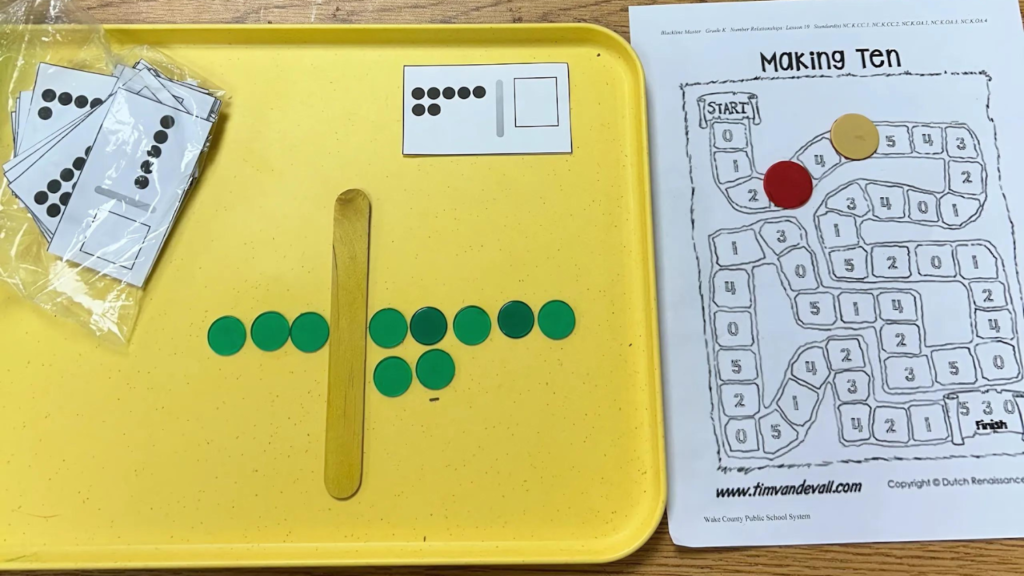
Classroom Organization Tools and CVC Cards
Seeing a need for classroom organization tools, elementary education major Abby Power ’24 used a mini-grant to purchase chair pockets and classroom trays for her kindergarteners at Swift Creek Elementary School, along with consonant-vowel-consonant (CVC) cards, which she was able to use to strengthen her students’ reading abilities.
“By working with these CVC cards, my students have improved their letter-sound recognition and built their confidence blending sounds,” Power said. “This helps them to decode more complex words later on, making them successful readers.”
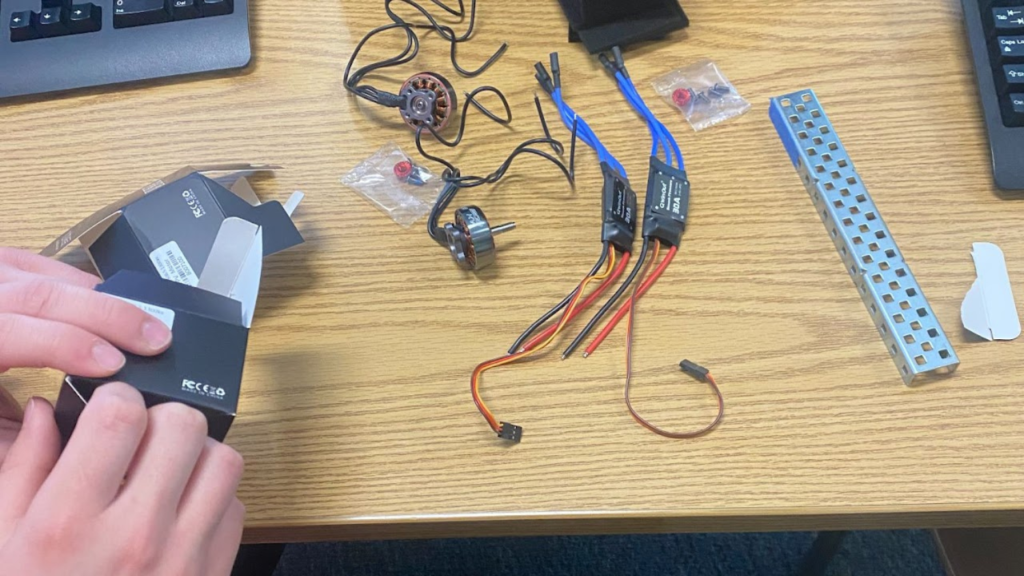
E-Dragsters for Everyone
When the technology design students at Cary High School began to build E-dragsters, Adeleigh Graham, a technology, engineering and design education major, made it her mission to ensure as many students as possible were able to join in.
She used funds from a mini-grant to buy more motors, speed controllers, nano boards and LiPo batteries, which allowed students to split into smaller groups and increased the level of classroom participation.
“With the purchase of more materials for this challenge, more of my students were able to participate in more ways than just a viewer,” Graham said. “This is important, especially since hands-on learning is a major part of a technology education classroom.”
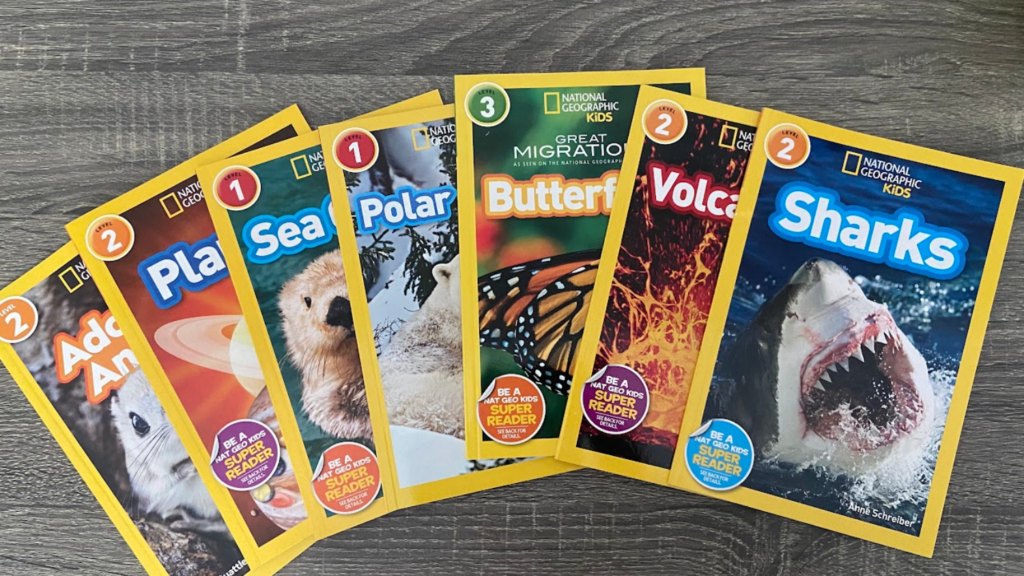
Building Better Readers
The second graders elementary education major Jessica Hawkins ’24 taught at Underwood Elementary School were learning how to use text features, such as a table of contents, a glossary, captions and diagrams to gather information from non-fiction texts.
To support their learning process, Hawkins used a mini-grant to purchase over 50 non-fiction books, such as National Geographic Kids Readers, which were filled with examples for her students.
The books Hawkins purchased also aligned with other content students were learning about, such as the science of weather, or with topics the second graders were interested in, such as animals.
“I found that these books really engaged my students in the small group lessons,” Hawkins said.
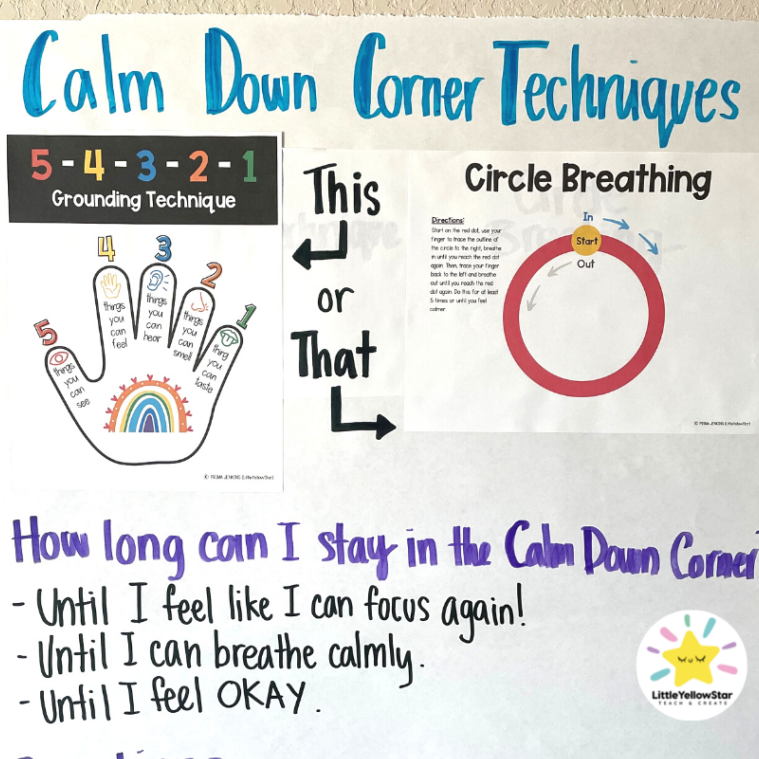
A Calm Down Corner
Olivia LaRusso ’24, an elementary education major with special education add-on licensure, wanted to create a space where her first graders at York Elementary could go if they felt upset or emotionally dysregulated.
Through a student-teacher mini-grant, she was able to create a calm down corner, complete with a bean bag chair, several fidget toys and posters that encouraged positive social and emotional strategies. LaRusso also used the funding to buy anchor charts and markers, a laminator and several math board games.
“I could not have implemented these projects in my classroom without the help of the student teacher mini-grant donors,” LaRusso said. “I want to thank you for your support on behalf of my students who were directly impacted.”
- Categories:
